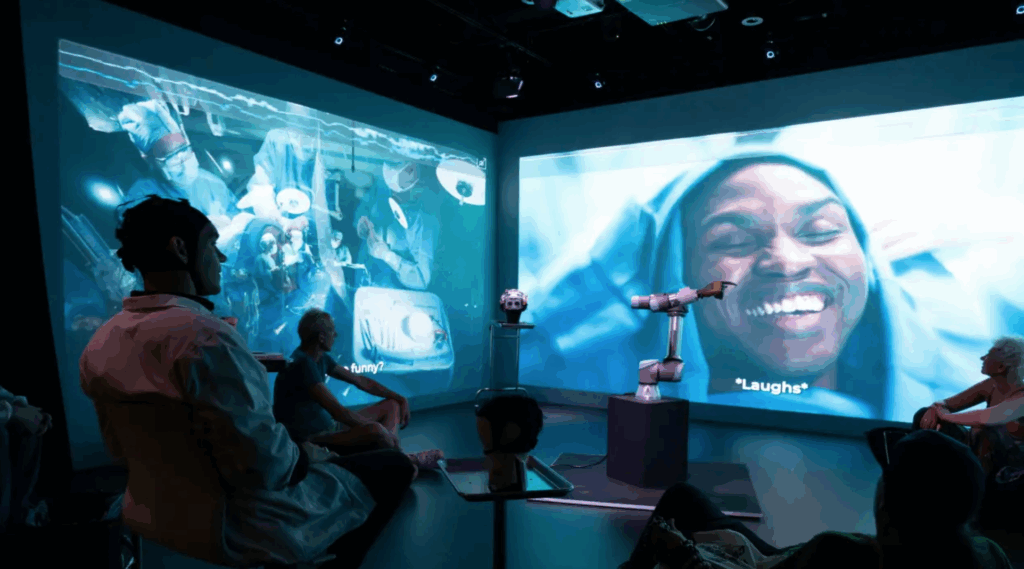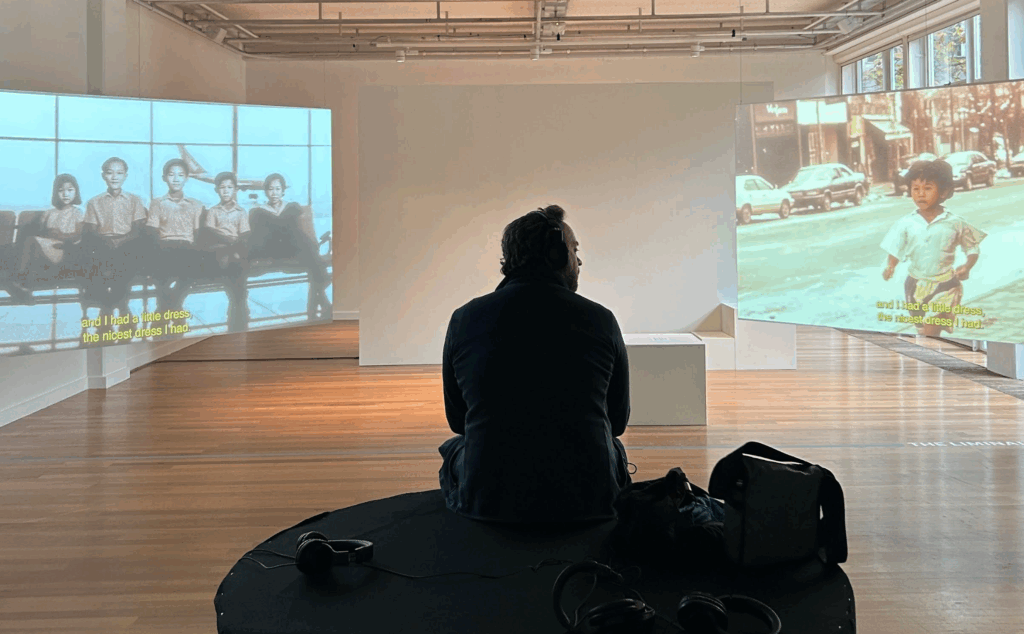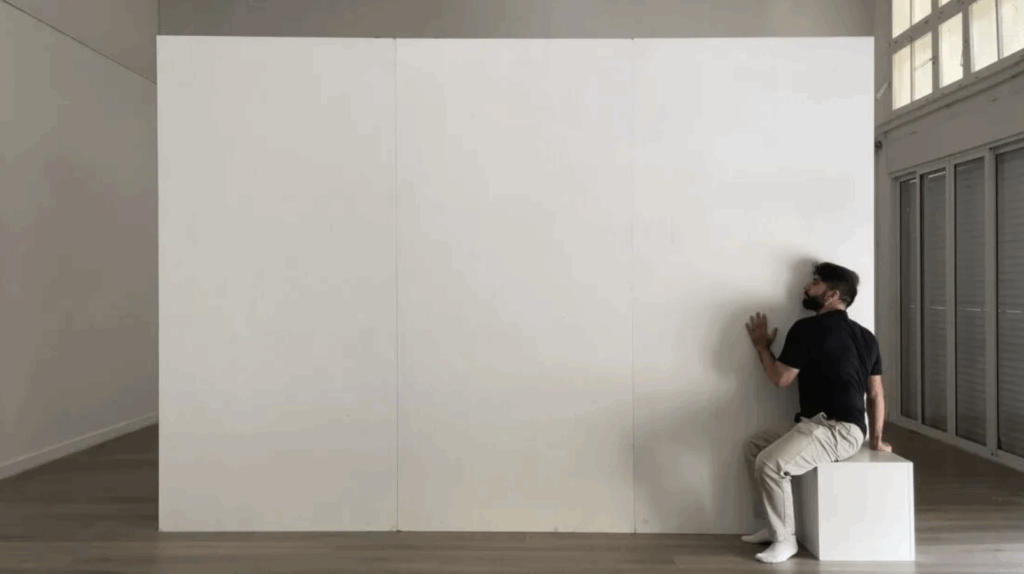
The Onassis Foundation has a big mission: to be a catalyst and embrace constant innovation and creative disruptions that will lead to a better society. And while this is a tall mission for any cultural organization, for the past 50 years, Onassis has formed a constellation of programmes and initiatives to nurture, inspire and challenge thinkers and makers to work and experiment in every art sector. And this investment in people and artists has also paid off in the new media industry – nearly every immersive festival or programme these days has at least one piece emerging from Onassis’ orbit.
Alongside Onassis Stegi, the dynamic space for cultural creativity, the foundation’s stream dedicated towards technology began in 2017 with the opening of the Digital Innovation department. To map the work of Onassis is less like a family tree and more like a bush, with one branch growing into or around another. But several things unite all the strands – the desire to experiment at the intersection of art and technology, and the priority of feeding into and building an ecosystem that serves the artist from idea to exhibition; an integrated space to learn, make and grow.
Within the cosmos of the digital and innovation work are several programmes and spaces based in Athens, Greece and New York, USA, serving both Greek and international artists. “We are interested in artists’ ideas, not their ID,” explains Panagiotakou. The ONX summer school, which just wrapped, brings together creative professionals, students and businesses to explore technology, culture and worldbuilding. Onassis Ready art space, which plans to open in Fall 2025, will serve as a factory of ideas, the home of Onassis ONX and AIR, as well as a performance and exhibition space.
originally published on XR Must



